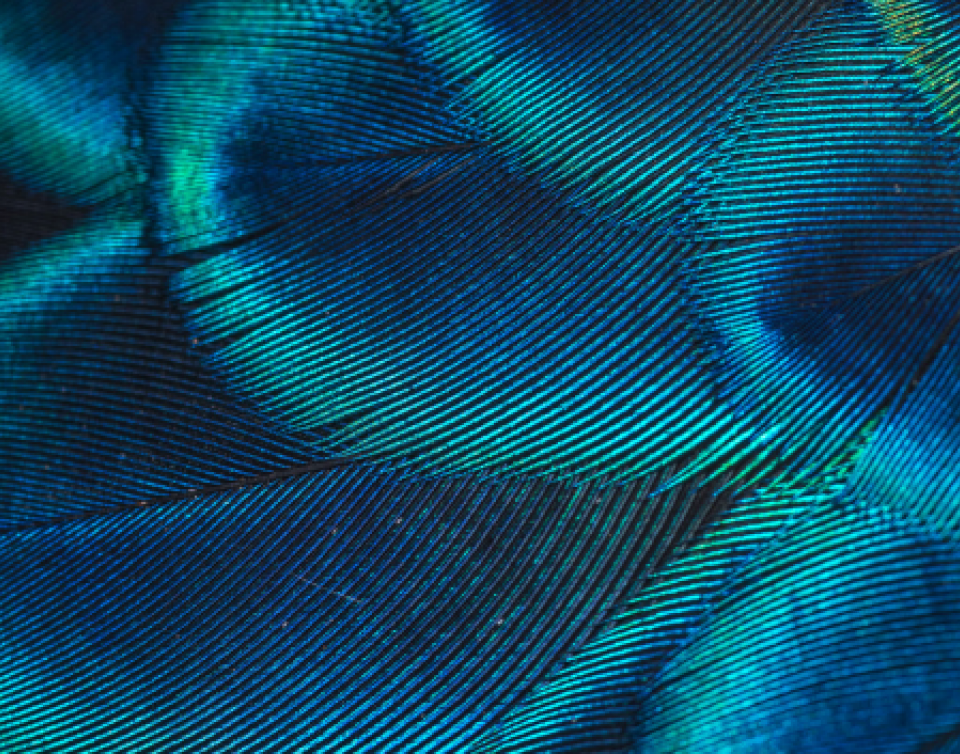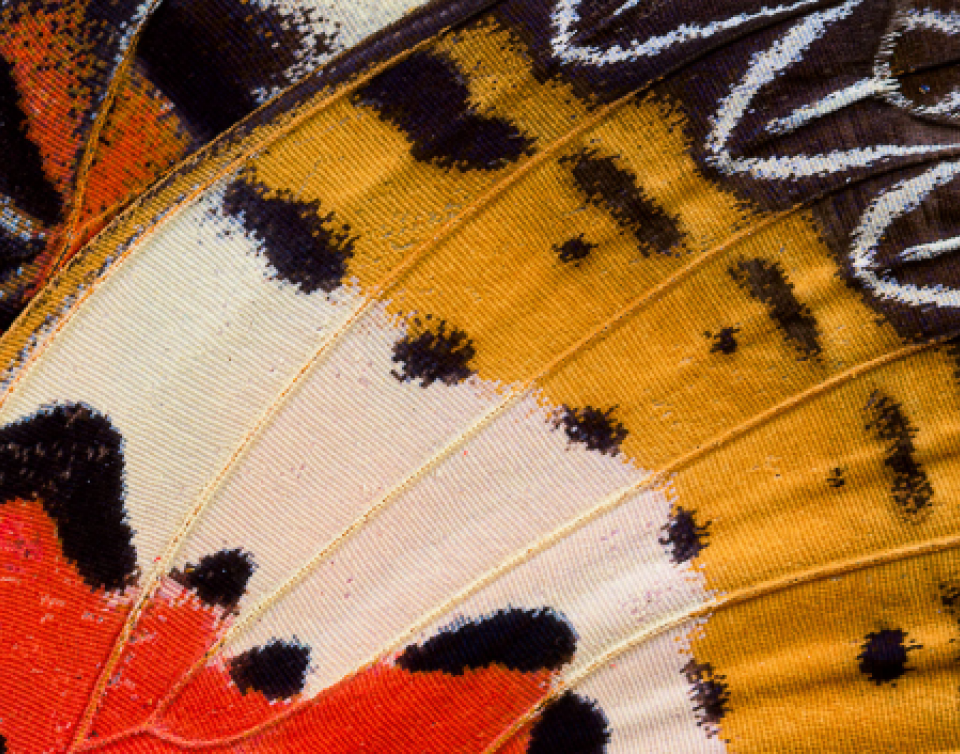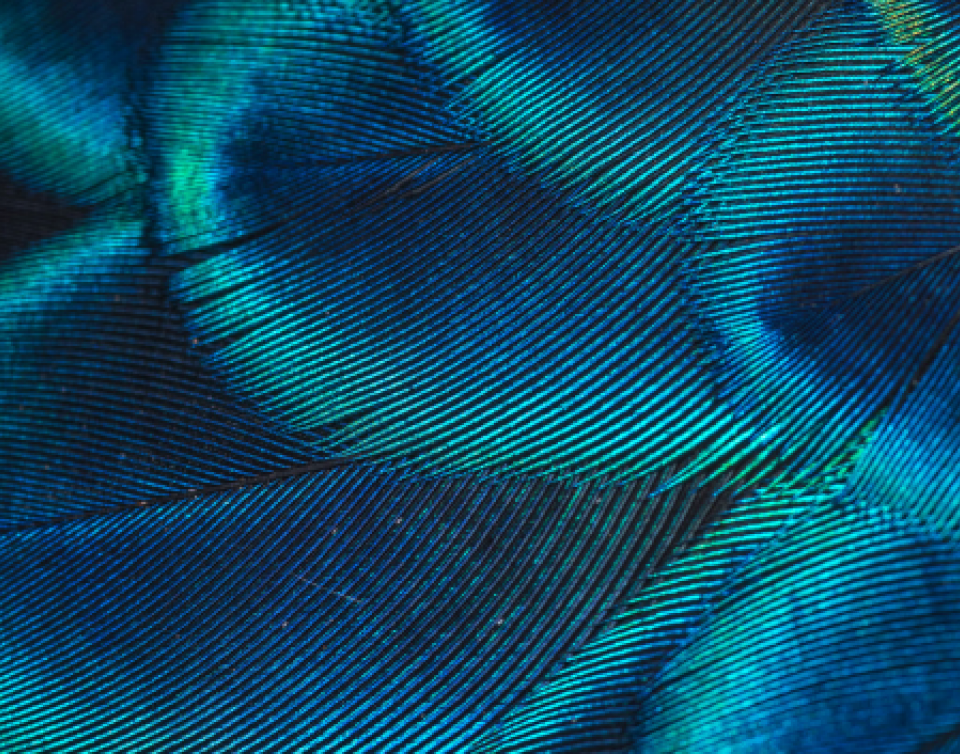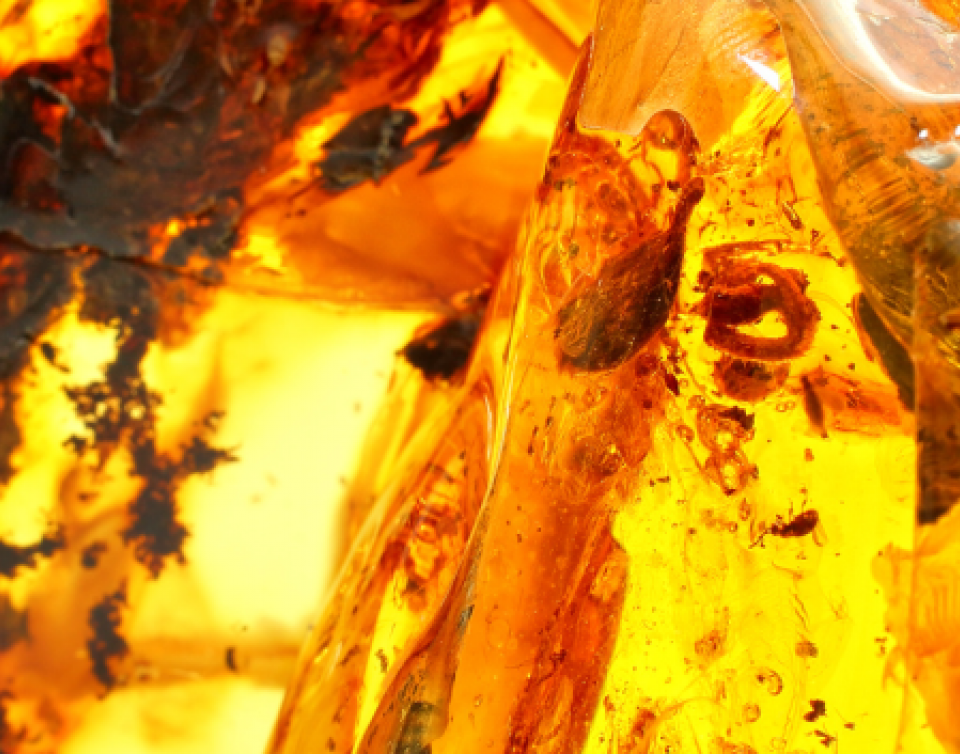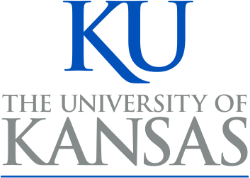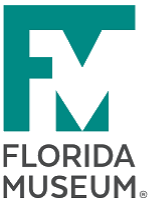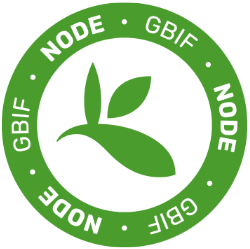Research
Compartiendo la Biodiversidad de Guatemala con Symbiota (Spanish Version)
Entre la creciente familia de portales Symbiota, el Portal de Biodiversidad de Guatemala tiene un rol prominente en la movilización del conocimiento de la biodiversidad de Guatemala.
Sharing Guatemala’s Biodiversity through Symbiota (English text)
Research Spotlight: October 2021
Research Spotlight: August 2021
Digitized paleontological collections recontextualize the ecology of introduced turkeys in California
Contributed by: Ashwin Sivakumar & Alexis Mychajliw
Research Spotlight: July 2021
Assessment of the pinned specimen digitization progress of the University of Alaska Museum Insect Collection
Ashley L. Smith, Derek S. Sikes, Taylor L. Kane, Adam Haberski, Jayce B. Williamson, Renee K. Nowicki, Michael J. Apperson
University of Alaska Museum, University of Alaska Fairbanks, Fairbanks, Alaska, USA
This article was originally published in the Alaska Entomological Society Newsletter AKES_newsletter_2021_n1_a01.pdf (akentsoc.org)
Research Spotlight: June 2021
Thoreau still contributes to climate change research
New study uses Henry David Thoreau’s observations of fruiting times
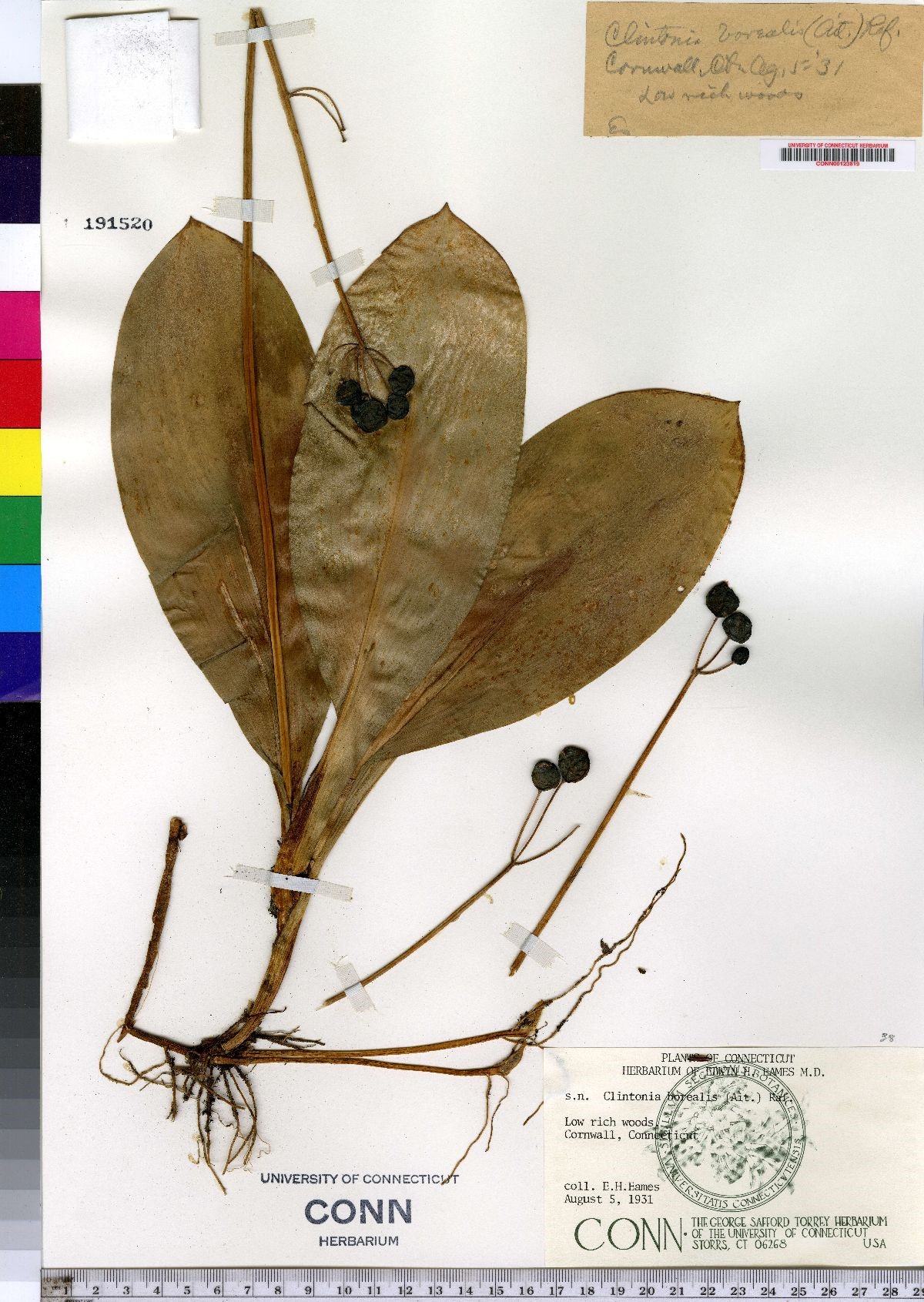
Digitized museum specimens, such this bluebead lily (Clintonia borealis), were used to determine the time of fruit ripening. © Consortium of Northeast Herbaria.
Research Spotlight: May 2021
The Guatemala Biodiversity Portal, a national digitization effort using Symbiota
Contributed by Samanta Orellana
Research Spotlight: February 2021
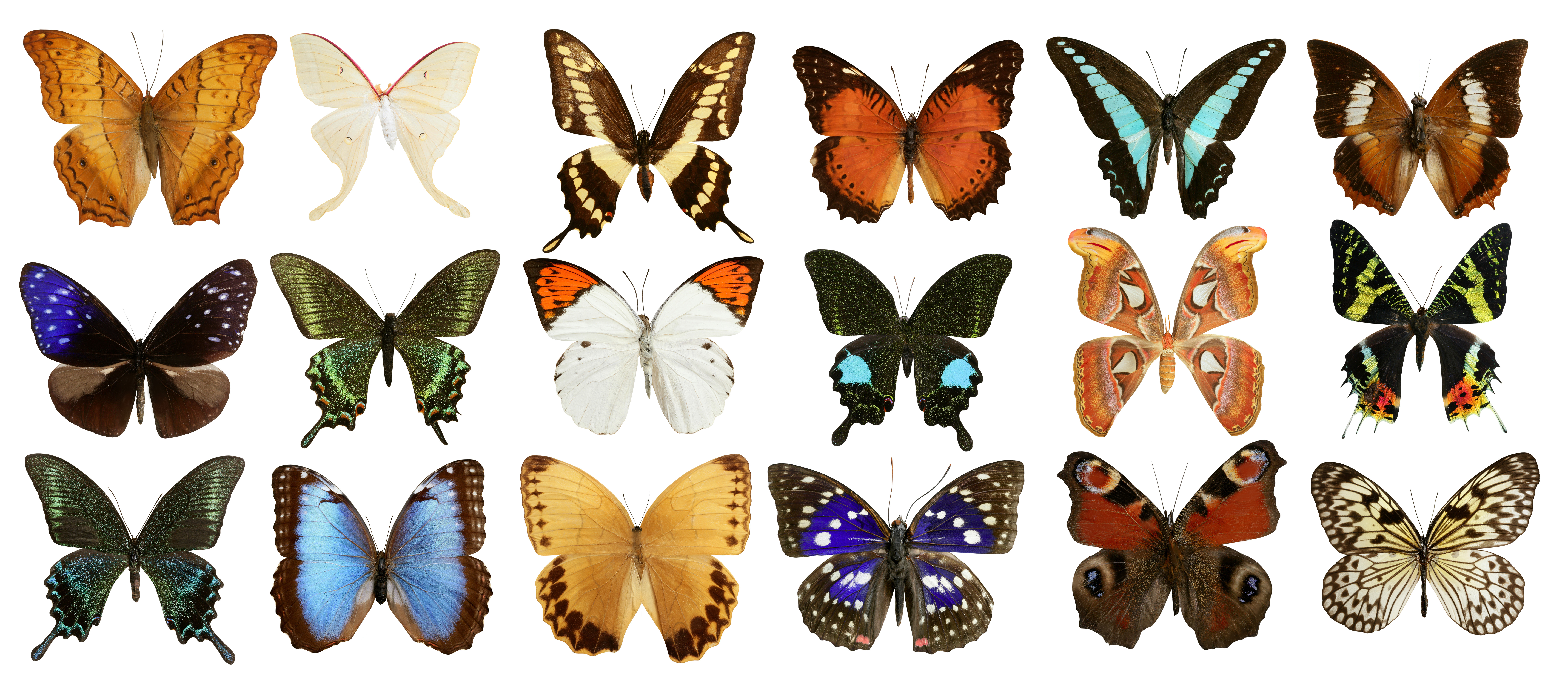
by: Vaughn Shirey, Michael Belitz, Vijay Barve, Rob Guralnick
February 2021 Biodiversity Spotlight
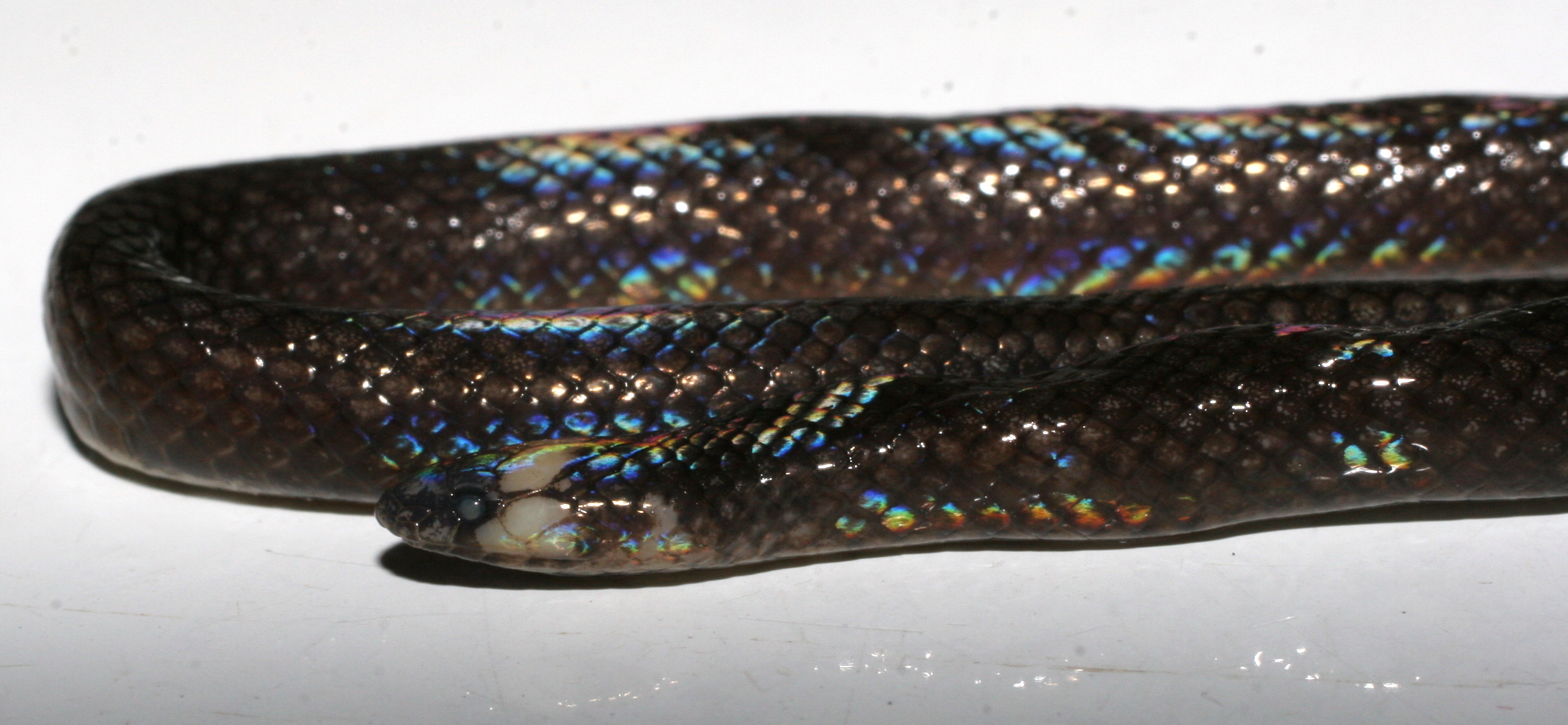
Photo courtesy of Jeffrey Weinell, University of Kansas Biodiversity Institute and Natural History Museum
Research Spotlight: November 2020
Research Spotlight: October 2020
Unlocking the secret histories of bats in natural history collections
Article by: Caitlin J.Campbell, Graduate Assistant at the UF Department of Biology
Using Digitized Herbarium Data in Research: A Virtual Botany 2020 Workshop
Scientist in the Spotlight: Diego Barroso
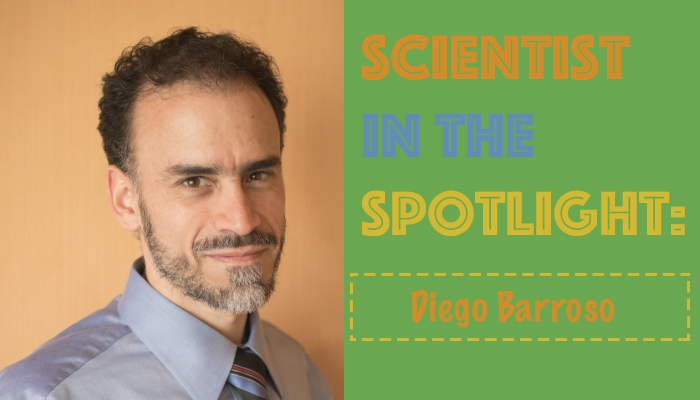
Research Spotlight: September 2020
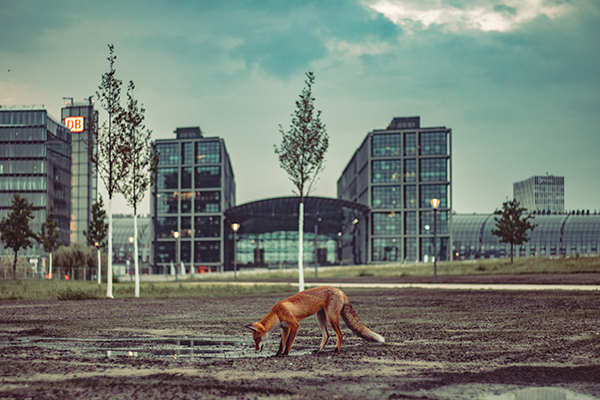
Botany Students Study Effects of Climate Change — Using 100-Year-Old Plants
What can 120-year-old flower buds neatly pressed to paper teach you about climate change? As it turns out, a lot.
Nineteen botany students had the chance to dive into more than a century of California’s plant data this spring in an exploration of the nuances plant life using computer programming and statistical analyses.
Scientist in the Spotlight: Jennifer Zaspel

Scientist in the Spotlight
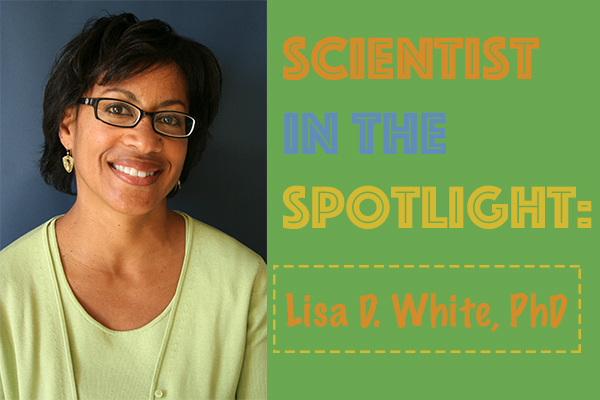
Research Spotlight: July 2020
Contributed by: Aaron Goodman, Graduate Student Department of Entomology, California Academy of Sciences.
Research Spotlight: June 2020
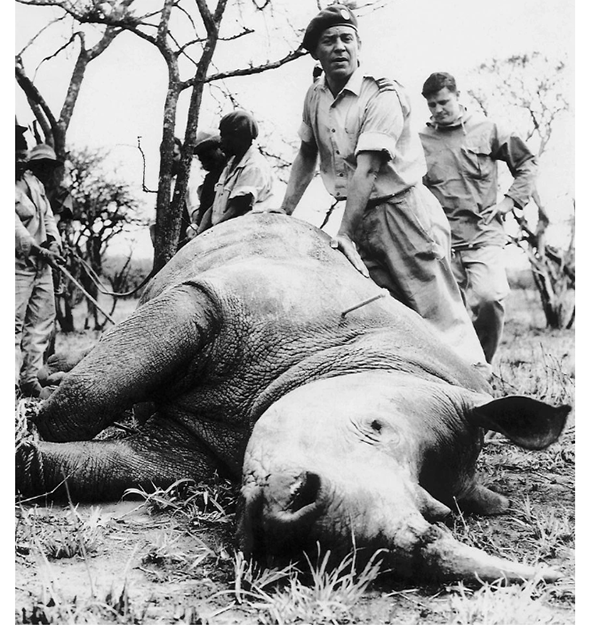
Article by: Zoliswa Nhleko, PhD candidate at the UF School of Natural Resources and Enviroment
Research Spotlight: April 2020
Contributed by Luis D. Verde Arregoitia.
Find him on Twitter @LuisDVerde or on his Website.


